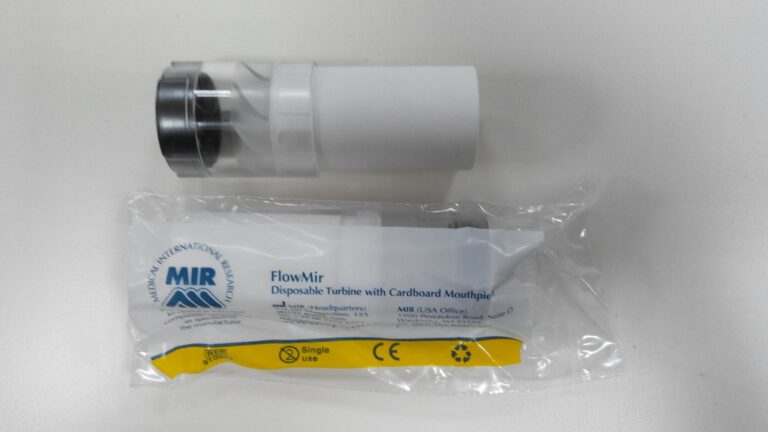August 29, 2016

August 29, 2016


On Wednesday, August 24th FDA released a final guidance document, entitled “Abbreviated New Drug Application Submissions – Refuse to Receive for Lack of Justification of Impurity Limits,” which applies to applicants of abbreviated new drug applications (ANDAs) and prior approval supplements (PASs) to ANDAs who are seeking approval of a new strength of a drug product. In its guidance, FDA states that the document “highlights deficiencies in relation to information about impurities that may cause FDA to refuse to receive (RTR) an ANDA.”
“An RTR decision indicates that FDA determined that an ANDA is not sufficiently complete to permit a substantive review.” According to FDA’s guidance, the following are typical deficiencies that can lead to an RTR decision:
The guidance also states that this is not a comprehensive list of the deficiencies that could lead to an RTR decision being made.
FDA states that all ANDAs must contain a description of the composition, manufacture, and specifications of the drug substance and the drug product. Applicants are also required to submit all of the following information:
In addition, FDA recommends that applicants propose and justify appropriate limits on the impurities in their drug substances and drug product in order to ensure purity.
An ANDA may receive an RTR determination if it is not sufficiently complete because its face does not contain all of the required information, which includes a demonstration of the purity of the drug substance and drug product and information on impurities and residues. FDA states that it expects all applicants to “develop and use appropriate analytical methods to detect all observed impurities.” The guidance states that all applicants are encouraged to review FDA’s draft guidance, entitled “ANDA Submissions – Content and Format of Abbreviated New Drug Applications,” for additional information on the characterization of impurities for drug substances and drug products.
According to the FDA, “if a generic product contains specified identified impurities that exceed the qualification thresholds or specified unidentified impurities that exceed identification thresholds, the ANDA should propose impurity limits and include supporting data to demonstrate that:
For additional information, view FDA’s full guidance document.

July 29, 2022
Today, FDA is announcing the availability of a level 2 guidance for industry titled, Changes to Disposable Manufacturing Materials: Questions and Answers. FDA receives questions about the limited...

July 16, 2024
The key to successful drug development in the US is directional and focused navigation of FDA’s Investigational New Drug (IND) process. The Chemistry, Manufacturing, and Controls (CMC) section is a...

October 1, 2018
On Tuesday, September 25th, the FDA issued a guidance document entitled “ANDA Submissions – Content and Format.” The document, initially issued as a draft guidance in June 2014, provides sponsors...